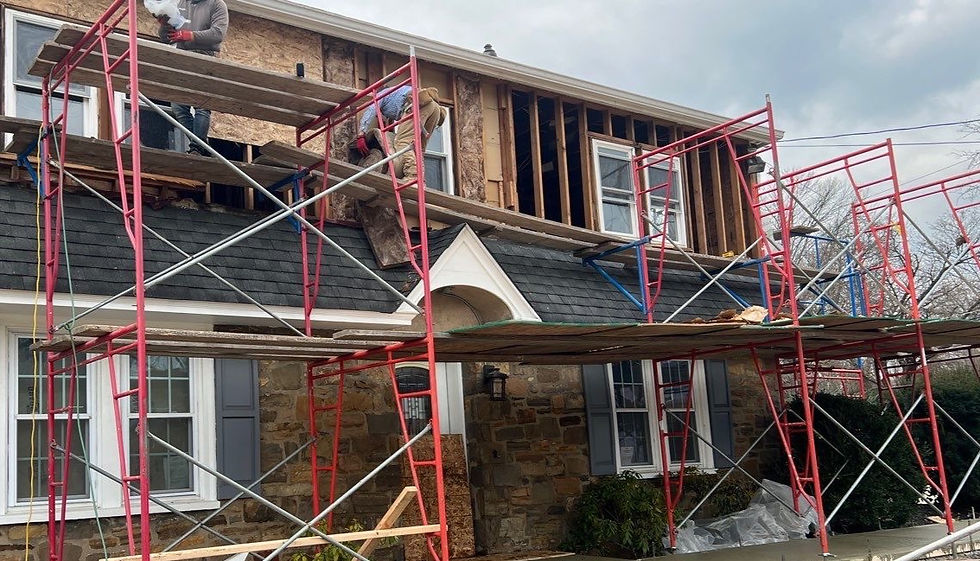Matching Roofing & Siding Color Palettes
- Klausmair Construction

- Jun 23, 2023
- 3 min read
When it comes to selecting the color palette for your home's exterior, it is essential to consider the harmony when matching roofing & siding color palettes. After all, your roof and siding are the first things people notice about your home, so you want to ensure that they complement each other perfectly. In this blog post, we will explore some tips on how to confidently select a roof shingle color that matches your siding or vice versa, helping you create a visually stunning curb appeal.

1. Understand the Color Wheel:
Before diving into the process of matching roofing and siding colors, it is crucial to have a basic understanding of the color wheel. The color wheel consists of primary colors (red, yellow, and blue), secondary colors (green, orange, and purple), and tertiary colors, which are achieved by mixing primary and secondary colors. By familiarizing yourself with the color wheel, you will be better equipped to select complementary or analogous colors for your roof and siding.
2. Complement or Contrast:
Depending on the look you want to achieve, you can either choose complementary or contrasting colors for your roofing and siding. Complementary colors are those that are opposite each other on the color wheel and create a harmonious effect. For example, if your siding is a warm shade of beige, you might consider a roofing shingle in a cool shade of blue. On the other hand, if you prefer a high contrast look, you can select contrasting colors for your roofing and siding. This approach creates visual interest and makes a bold statement.
3. Consider the Style of Your Home:
The style of your home plays a significant role in determining the color palette for your roofing and siding. For traditional or historical homes, it is best to stick with classic colors that enhance the architectural details. For instance, a Victorian-style home might look stunning with a slate gray roof and creamy white siding. On the contrary, modern homes often embrace bold and unconventional colors, such as vibrant red or sleek black. Understanding the architectural style of your home will guide you in choosing the right color palette that resonates with its aesthetic.
4. Natural Surroundings:
Take a look at the natural surroundings of your home. If you have a lot of trees, greenery, or mountains nearby, it is worth considering how your roofing and siding colors will harmonize with the environment. Earth tones like brown, gray, or green can seamlessly blend with natural surroundings and create a soothing, cohesive look. On the other hand, if your home is located in an urban setting or has a minimalistic landscape, you may opt for bolder, brighter colors that stand out and make a statement.
5. Test Samples:
Don't be afraid to get hands-on and test samples of different roofing and siding colors before making your final decision. This will give you an opportunity to see how the colors interact with each other and how they enhance or detract from the overall aesthetic of your home. Take the samples outside under natural lighting and observe them at different times of the day to ensure you are satisfied with the result. Remember, it's crucial to feel confident about your color choices, as they will greatly influence the curb appeal of your home.
In conclusion, selecting a roof shingle color that matches your siding, or vice versa, requires careful consideration and a bit of creativity. By understanding the color wheel, thinking about complementary or contrasting options, considering the style of your home and its surroundings, and testing samples, you can confidently create a perfect color palette that will enhance the beauty of your home's exterior. So go ahead, unleash your inner designer, and let your home shine!









Comments